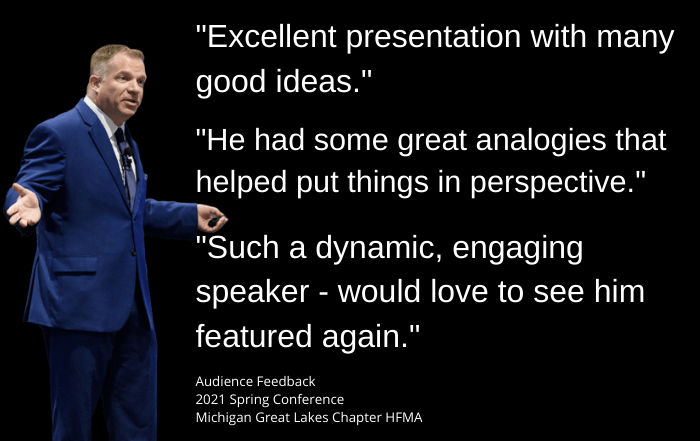 A new study sheds some light on the barriers to workplace communication and some of the findings may sound disturbingly familiar. Communication Barriers in the Modern Workplace paints a picture of confusion, creating big problems for U.S. companies.
A new study sheds some light on the barriers to workplace communication and some of the findings may sound disturbingly familiar. Communication Barriers in the Modern Workplace paints a picture of confusion, creating big problems for U.S. companies.
The 20 page report, from the Economist Intelligence Unit, included more than 400 senior executives, managers, and junior staff at businesses, where annual revenue ranged from less than $10 million to more than $1 billion. I’m going to address some of the major findings and add some thoughts of my own.
People AND Money Matter
While 52% of the respondents said poor communication added stress, it’s also hurting the bottom line. Unclear instructions from superiors, pointless meetings and other stressors apparently create these problems:
- A delay or failure to complete projects.
- Missed performance goals.
- Lost sales —some worth hundreds of thousands of dollars.
While I don’t know why some feel barriers to workplace communication are acceptable, when they have an emotional impact, smart leaders should realize the problems are also bad for business. Improved communication can make employees happier and reduce costly mistakes and misunderstandings.
Barriers to Workplace Communication in Meetings
While it may come as a surprise, 65% of the respondents say face-to-face meetings are a very effective mode of communication. People aren’t necessarily saying they love meetings but rather find the in person interaction better than other forms of communication, like email.
Often meetings become unfocused, lengthy sessions where no real decisions are made. I recommend that each meeting have a well publicized purpose, a respected time limit, and action steps.
Rather than rely on meeting minutes, to improve workplace communication, it’s good for attendees to write down the answers to three questions at the end of the session:
- What was discussed?
- What was decided?
- What needs to be done and by when?
Review those answers before everyone leaves. While it may seem unnecessary or redundant, it’s a great way to prevent miscommunication from filtering down through the organization. Make sure everyone is on the same page.
Video Conferencing Barriers to Workplace Communication
A growing number of people are working remotely and need to communicate effectively with others. The survey found that while people think tools, like video conferencing, are useful due to the visual connection, they don’t use them as much as email, which is considered a less effective method of communication.
I’ve found face-to-face interactions can prevent misunderstandings. The key, with video, is keeping a few principles in mind:
- Don’t look like a super villain. If you’re sitting in the dark, with the camera far away from you, then you’re going to distract the audience. The point of seeing you is being able to see you well. That’s the strength of visual communication. Lighting and the noise in your environment matter.
- Imagine you’re in the same room. Don’t do anything you wouldn’t do if you were in the meeting room with everyone else. This can include eating, checking email, or arriving late.
- Own the technology to respect the audience’s time. If you’re going to communicate through video conferencing, then you’re responsible for making sure it’s going to work. Test things, like the connection speed, ahead of time. Don’t learn how to use the technology while you’re first using it, one of the major barriers to workplace communication.






